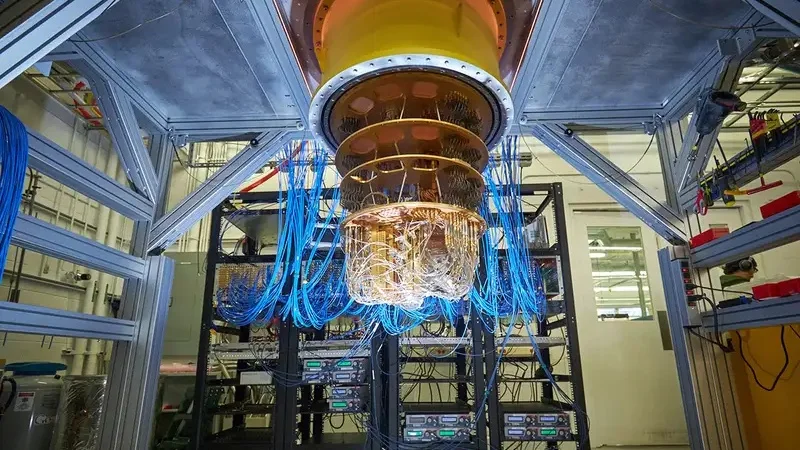
Researchers recently paved the way for sustainable quantum computers. Because they apparently succeeded in storing information efficiently and in a power-saving manner with the help of magnetism. Is this the way to a sustainable supercomputer?
The way we store information is constantly changing. While magnetic tapes used to be the method of choice, regular HDD hard drives replaced this storage medium in the long term.
Basically, the storage works through the magnetization of the storage medium. Nowadays, many companies therefore rely on SSDs, which are usually faster and at the same time rely on electronic storage.
Researchers at Chalmers University of Technology in Sweden have now demonstrated that the era of magnetic storage is far from over. Because they investigated how this type of storage can be instrumentalized for quantum computers in the long term. Today’s quantum computers rely on extremely thin, two-dimensional layers just a few atoms thick.
Sustainable supercomputers can already be used at room temperature
This made the development of the new methodology possible in the first place. Previous approaches have also relied on magnetism, but for the most part this required extremely low temperatures and a laboratory environment. Storage was therefore unaffordable and comparatively unsustainable.
With their new approach, however, the researchers managed to store content using magnets at room temperature. The discovery is so promising that the first application scenarios in industry or in our everyday lives could be possible in the short term.
Diverse application scenarios for new quantum memories
The 2D magnets enable the development of fast, compact and energy-efficient storage media. The application scenarios are diverse. Because in addition to being used in sensors, the storage method could also have an impact in biomedicine, surveillance, navigation and communication. But there are still some steps to be taken.
To this end, the research team would like to further optimize the method and define a practical prototype in the long term. Perhaps our future technical devices will then also have a quantum memory.
Also interesting:
Source: https://www.basicthinking.de/blog/2023/04/17/nachhaltige-quantencomputer/


